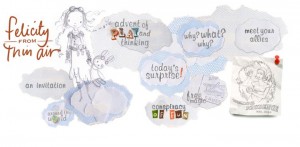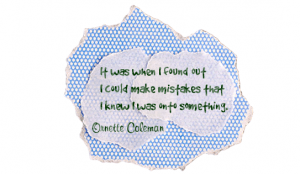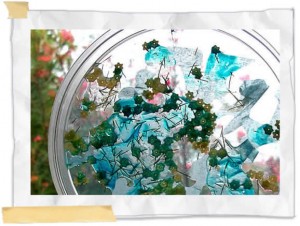Phile: Create a crowdsource guide around any passion
What it is: Phile is a fantastic new way for communities to “create a useful, lasting body of knowledge just by talking about the stuff you love.” Phile makes it easy for groups of people work together on building collections and discussions based on shared passions. Phile turns knowledge, opinions, and discussion into useful websites. Turn any passion into a community of collaborators by creating one place for them to gather. Phile lets you structure your site to gather the information that matters to your community of learners. Phile does an outstanding job of keeping your site organized as people add to it. Phile is truly as site all about conversation and sharing information. Phile automatically keeps all information organized and easy to find. A group creator creates and customizes the “stack” (site) design. Group members add and edit pages in the stack. Members can share resources, discuss in forums, on stack pages, etc. Recent activity is populated on the home page including new pages, reviews, comments, etc. Phile is currently a free service, the plan is to keep a portion of the service free with ad support and a paid service that has additional functionality. For now, Phile is in beta and completely free. Phile is fairly easy to navigate and has an intuitive interface. There are helpful hints and tips on ever page directing you in the use of Phile (great for those of us who are too busy to endlessly play!). I created a Phile for edreform, feel free to join me in collecting resources, article, videos, etc. relevant to the education reform discussion!
How to integrate Phile into the classroom: Phile is a great way for teachers to collaborate and share information. Phile could be used for starting a variety of groups that would help organize information in one, easy to access, place. Phile could be used to start a Children’s Literature group where members submit children’s books along with reviews, ratings and comments (any book-a-day people want to jump in and create that?).
Older students could join the group and add their own reviews, ratings, and comments on the books they are reading. This could become a place where teachers could quickly find literature that has been reviewed by other teachers, students, and parents.
Phile would make an excellent directory for ed conferences (and virtual conferences) held around the world. Because many of these conferences happen year after year, it would be a great place for new teachers to learn what is available to them and for veteran teachers to continue conversations and learn which conferences are rated as the most worthwhile and why.
Phile would be a great place for teachers world-wide to share, collaborate, and rate lesson plans, websites, videos, etc. in their area of specialty.
Phile is ideal for sharing iDevice apps for education, with the built in rating system and excellent organization it would make sharing and finding educational apps a breeze!
How about creating Phile’s for the discussions that happen in our education chats on Twitter every week? The Phile could contain information and links about the chat, important ideas and information that was shared during the chat, and give us a place to expand the conversation beyond the 140 characters when it was over. I’m imagining this for #edchat, it would be wonderful to have a place to send those who are new to #edchat to get a feel for the topics that we cover.
The possibilities with Phile are really endless, it is a fantastic platform that is like a mashup of a Ning and a wiki. The interface is really well designed, it makes information so easy to find and sort through.
As I said above, I created a Phile for edreform to be a collection of resources, articles, links, and discussion. Feel free to join and help me add to it. A Phile is only as good as its community!
Tips: Phile does require an email address for sign-up, it may not be appropriate for use with elementary students unless you are accessing it as a class.
Please leave a comment and share ideas for how you might use Phile in education. Anyone want to start a Children’s Literature Phile? I think it could be great! Let me know if you are interested and I will be happy to pass your name onto the developer of Phile.













